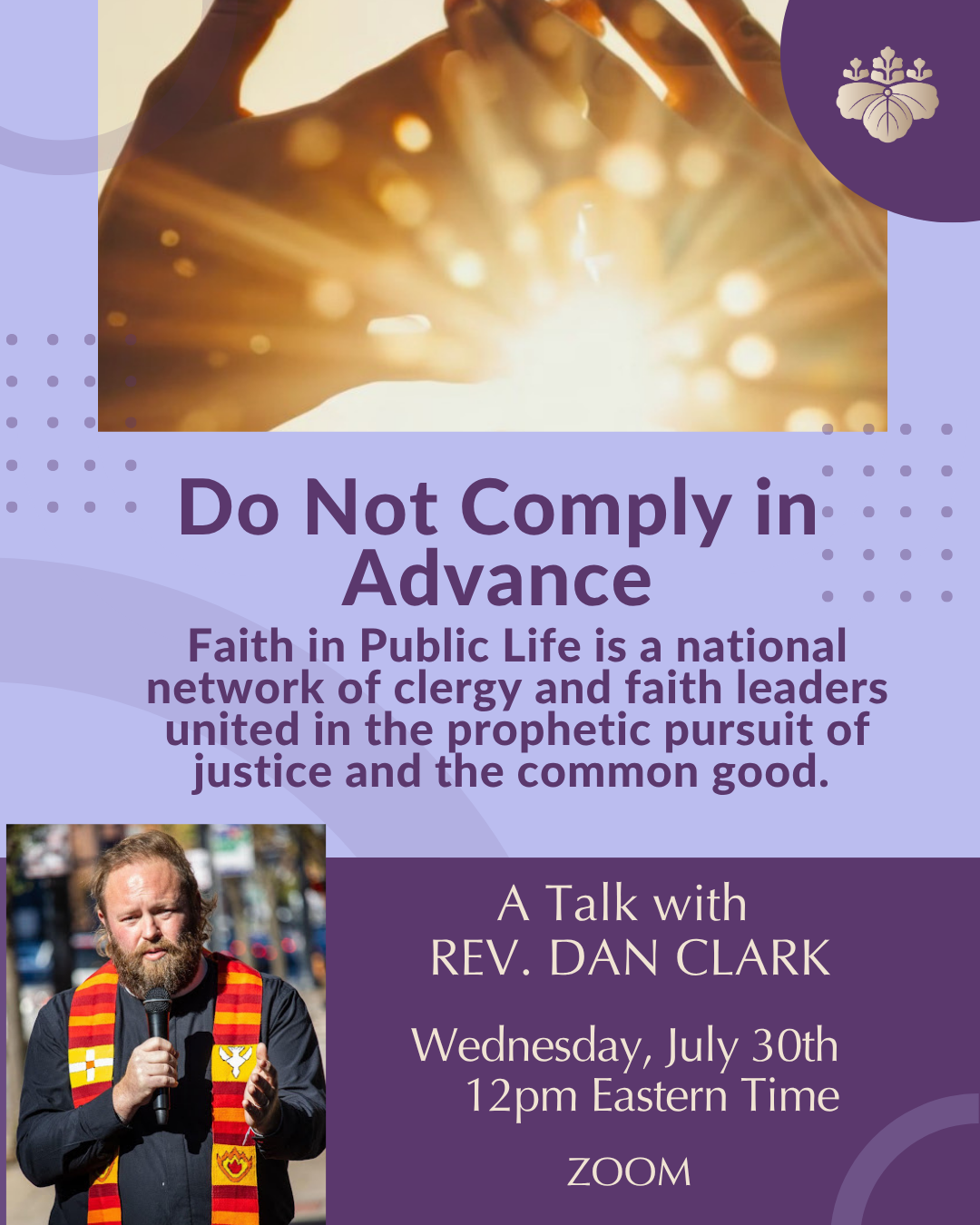From HaAretz By Gabriel Bukobza
Our socialization requires that we tame our impulses, but we pay a price for this suppression. That’s why cultures have created characters that live outside the conventions – for us to learn from.
A fundamental stage in a child’s development is the ability to regulate bodily wastes. Understanding that the place for this is the toilet bowl and not the bed or elsewhere shows acceptance of the principles of reality. Being weaned from soiling and wetting symbolizes the onset of the internalization of the rules of culture – and particularly of the recognition of one of culture’s essential distinctions: between dirt and cleanliness.
Anthropologist Mary Douglas noted in her book “Purity and Danger” that dirt is “matter out of place”: An egg on your plate is breakfast, but on your tie it is dirt. Shoes in the closet are fine, shoes on the table is chaos. Dirt is an anomaly, a byproduct of the creation of order – something there’s no place for after we’ve done organizing the world.
The toilet-trained toddler accepts this principle and agrees to restrain himself in order to produce cleanliness in the place where he has been accustomed to let go and create dirt. He forgoes the pleasure of spontaneous excretion (and, by the same token, depending on his parents’ devoted cleaning services), exchanging it for the feelings of control and security afforded by adjustment to society’s demands. Henceforth, urinating in an inappropriate place will threaten convention and be considered subversive. Generally, the child will choose not to do that and will follow the laws of order and social frameworks: obeying so as to receive confirmation that he is a good boy, organizing himself in order to believe that there is logic and point in reality, conforming so as not to feel deviant.
Subsequently, this ability will spread to new regions in the mind, and control of bodily functions will morph into a generalized ability to delay gratification. The child will learn how to sit quietly in a circle in kindergarten, to listen in school, to obey teacher and parent, to respect laws, to identify with national songs, and to save money. Now, when he encounters the different, the strange, the abnormal, he will react in the same way he was taught how to feel about what he excretes: with disgust, rejection and anger. The eroticism-fraught action will be replaced by a sadistic reaction: The one who is different will be marked as threatening, bad and dangerous, and the attitude toward him, accordingly, will be aggressive.
Society’s aberrant members, including the mentally disabled, the insane, the odd, the ill-fated and the hard-to-understand will thus begin to be perceived as a threat and a disruption. Their appearance and behavior will evoke something that is not part of the accepted order, and will arouse fear of loss of control of bodily functions – something that was acquired with much toil. Unconventional thoughts and emotions meet a similar fate: They and the memory of the happiness that being in contact with them engendered will be exiled to remote gulags somewhere on the fringes of consciousness.
The new order that replaces dirt is fraught with splendor and glory. It possesses its own charisma – aesthetic and hygienic – which affords security and a feeling of pleasantness. But what is the fate of the functions whose mode of release has been redirected by education? What happens to a drive that has been ordered to contain itself? This is, after all, psychic energy that has been stored up, accumulated, and which now is being held back, repressed. It’s fascinating to look for those parts of the psyche that were eliminated because of their embarrassing, infantile and inappropriate appearance.
‘Feed the birds’
The film “Mary Poppins” contains a classic scene that illustrates vividly what can happen when order foists itself on instinct. The boy in the film, Michael Banks, wants to buy bread crumbs to feed to the pigeons in the plaza outside St. Paul’s Cathedral in London. His puerile psyche wishes to put into practice the lyrics of the song “Feed the Birds” (the favorite song of Walt Disney, the film’s producer) that is sung by the extraordinary nanny, and, at her urging, to buy food for the birds from an old beggar woman. His father won’t hear of it. He drags the child to the bank so that he can invest his tuppence “wisely, safe and sound” in bonds.
In the bank, Michael is surrounded by responsible bankers, the grim-faced arbiters of order. They demand that he give up his desire to feed pigeons and make a bank deposit instead. That is a suggestion, in essence, that readily evokes the supplanting of the pleasure derived from a spontaneous elimination of bodily waste by restrained hygienic behavior. But little Michael hasn’t yet assumed all the constraints of society; for him this is a premature and overly invasive attempt at weaning. Boldly, he shouts at the clerks to return his money. They refuse, and the resulting hubbub brings about a disaster, as other clients, hearing that the bank doesn’t return money, take fright, demand to receive their holdings, and bring about the bank’s collapse.
A Freudian explanation is called for. Below the level of the “self” there are living, seething forces that do not obey the authority of bank clerks and other energetic agents of culture. The bankers and the adults are incapable of understanding Michael’s caprices because they speak a different, disconnected language. In their view, he is behaving childishly and foolishly; his nanny’s idea of feeding birds sounds mad, and nothing useful will come of an attempt to understand it. Their inability to be in touch with the dynamic parts of the psyche and to give them their place is disastrous and leads to their ruin.
This, then, is the classical model: on one side, an aware, supervisory authority; on the other, the instinctual forces. The interplay between them is always violent: serious repression and suppression, on the one hand, rebellion and frightening outburst, on the other. Hence the overwhelming fear people have of the mentally awkward: They are perceived as representing a dark, dangerous force that must be avoided.
The Fool, the Idiot, the Madman
But there is another possibility for bridging the sides of the psyche, one that does not oblige aggressiveness and that also bears significant implications for the general attitude toward madness and mental disorders. Here, too, Mary Poppins plays a meaningful role. She arrives at the Banks household as a nanny, but she is actually a trickster in disguise – a type of jokester or masquerader who breaches traditional distinctions between right and not-right, and between cleanliness and dirt. It’s not surprising that her best friend is a grimy chimney sweep. With her unconventional outlook, Mary Poppins upturns the conservative British family. Her idea of spending money on feeding pigeons and on an old woman instead of putting it in the bank represents an act of concrete defiance against the spirit of capitalism. She belongs to an impressive cultural array of figures, who also include the Fool, the Idiot, the Madman, the Clown, the Outsider and the Underdog. All of them are manifestations of the marginal individual whose aberrant behavior or unconventional thinking disrupts the regular order.
The trickster behaves in a way that society prohibits: ignoring hierarchies, displaying impertinence and using foul language; laughing and making light of things instead of being serious and respectful; being idle instead of doing useful work; taking an attitude of equanimity toward dirt. By overturning the rules of society, mocking the sacred, scorning authority, celebrating the fulfillment of wishes and drives – this individual makes it possible to reformulate systematic behaviors that are so clean and rigid in their separations and definitions that they have become impotent.
Every culture has representatives of this special genre: Juha, Hershele, Arlecchino, the rabbit and the prairie wolf in American Indian tales, and others. All of them are folksy, wise fools, utterly abnormal freaks who by their ridiculous and delightful behavior succeed in rousing conventional consciousness from its torpor.
In his 2010 book “Trickster Makes this World,” Lewis Hyde defines the trickster character as a boundary crosser. His character plays havoc with the accepted dichotomies of ruler and citizen, male-female, good-bad, sacred-profane, and even living and dead. His ability to cross over lines fearlessly allows him to bridge worlds, and to transmit messages and voices from the “netherworld” by crafty and original means.
The trickster need not be considerate of conventions. Hooking up with content such as licentious sexuality or being occupied with excretions is the norm for him. These bizarre behaviors get him into trouble, but also allow him to remain free. In most of the stories, hisotherness is related to his freedom, and it’s this that causes a change in the script and an openness for something new. By connecting to childhood wishes that existed prior to the internalization of culture, he evokes primal psychic energies, thus making possible liberation and creativity.
The Fool either behaves anomalously or poses an odd question. If the hero of the story or the listener pays heed, disaster might be averted or a deep insight may result. Thus, for example, in Shakespeare’s “King Lear,” the court jester plies the lost king with innumerable nonsensical questions until Lear finally sees the truth beyond his anger and his tragic situation.
The everyday ego, which is accustomed to using logic and to take account of the laws of reality, relaxes its supervision momentarily in the face of this individual’s inanities, giving rise to new and important understanding.
The wise fool
Something similar is at work in the stories about Bahlul, the Fool in the Persian tradition. One day the caliph gave him a stick and said, “This stick belongs to the most foolish person in the world. If you find someone more deserving of it than you, give it to him.” Bahlul took the stick appreciatively and went on his way, pleased.
Years later, the caliph fell ill and Bahlul came to visit him. The caliph told him, “I am about to embark on a very long journey, my friend, a journey into the infinite.” Bahlul asked, “And when will you come back to us?” The caliph laughed. “Silly Bahlul, this is a journey from which no one returns!” Bahlul: “In that case, you undoubtedly made preparations for the great journey. After all, it is known that if the King goes on a journey of just two days he takes with him an army of aides, advisers and servants. Here too you have surely made tremendous preparations for the infinite journey from which you will not return. Is it so?”
The caliph replied, “I have not made any preparations for this journey.” Bahlul said, “You have not made any preparations for the most important journey of your life, which will last for eternity? If so, accept this stick from me. At last I have found someone more deserving of it than I.”
The trickster’s ability to overleap convention here allows him to show the caliph fearlessly that all his vast power will be of no use in the world of truth. Like the other tricksters, he pushes the grimly serious, regulated, self-satisfied individual to reveal the shadowy parts of his personality, whose exposure will make possible transformation and growth.
The trickster’s power lies in his opening of a door to forbidden impulses in a way that is not violent or destructive, in contrast to the dangerous outburst of a repressed drive. Beyond this, he releases forces and drives without which human existence is narrow and limited. This is the distinctive place at which madness might connect with creativity.
In their book “Genius and Madness” (Hebrew), Israeli researchers EliezerWitztum and Vladimir Lerner observe that the rate and intensity of psychopathological symptoms are higher among creative individuals. Van Gogh and Modigliani, Bach and Schubert, Kafka and Pushkin, Ibsen and Sylvia Plath, Yosef Haim Brenner and Yona Wallach – all were all in daily touch with the trickster in their psyche. However, along with freedom and creativity, tricksters pay a price for living life in the threshold zones of the mind. In some cases, they are condemned by society and even attacked and punished. The Fool, after all, is a fool – that is, a type of lunatic, so his power is limited and he is vulnerable. The insight he makes possible exists only if it is considered important and worthy of respect. Its power and influence will disappear if it is treated indifferently or with violence. In that case it will become just plain dirt, one more example of bizarre, unpleasant behavior that threatens societal order and must be eradicated.
That is why tricksters always remain alone. Even Mary Poppins is forgotten by the children when the family returns to itself and goes to fly kites in the park. Are there times and places where the inner Fool or Clown are allowed to be given expression in the daily life of each person? What is the attitude toward them in contemporary society, which jumps from sterile politically correct restraint to unconstrained manifestations of repressed drives?
The places where the individual is able to express his repressed sides without supervision are few in number and diminishing in modern society. If the madman is condemned and reviled and has no voice, and those who are different are afraid of exposure, where can the normative individual release the valve of self-regulation? A limited number of such places still exist, the last reserves of personal liberation and freedom.
A person is driving alone in his car and only there does he allow himself to sing aloud, curse a passing driver, pick his nose and cry with all his heart. Another gives vent to his certain aspects of his behavior in the few moments in which he is alone in an elevator, making clownish faces at the mirror. Toilets too are such realms of freedom; even in the most heavily guarded airports they have no cameras or surveillance, and thus allow freedom while discharging one’s wastes, just like in early childhood.
The bedroom is also considered a relatively free place, though the presence of a partner means that the observing “social eye” is still present; many people still conduct sexual intercourse according to accepted consciousscenarios, in which the standard gender roles are not crossed, even thoughthis is a highly appropriate arena to invite a spirit of trickster-likenonsense.
In addition to these venues, there are various chemical substances whose molecular power weakens regulatory abilities and allows a liberated, floating consciousness to exist for an allotted time. The more a person allows himself to recognize the existence of the inner trickster in this way, the more he familiarizes himself with spontaneous forces of feeling and uninhibited desires within him. In other words, he connects with the ability to know what his heart wants and to follow that path. This ability will also allow him to see in a different light those who are considered strange, possessed of disabilities and even the outright mad. They express a true essence that will not be foreign to him, even if for them it involves much pain and requires treatment.
When you think about it, it’s all a matter of degree, after all. There is no one who has not experienced or will not experience dramatic events that will leave an imprint in his psyche and will need to express them in one way or another; no one is devoid of drives or is without repressed childhood memories and feelings. The critical question involves degree and mode of appearance: To what extent, how and when they will be given expression.
Bahlul met the Great Caliph. “Where have you come from?” the Caliph asked him. “From Hell,” Bahlul replied. “And what did you do there?” “We needed fire, so I thought I would go to Hell and see if they could give us a little. But the person in charge there said: We don’t have fire here.
Naturally I asked him how that could be. Is Hell not a place of fire? He replied: I tell you, there is really no fire here. Everyone who comes here brings his own flames.”
The trickster and the madman allow us to reclaim the ecstatic freedom that is hidden in life. Like a good actor, they present what the audience identifies with in a deep way, even if the viewers hurry to resume their protected life at the end of the play. They remind us that within each of us resides a childlike side that longs for a bit of dirt and madness. Perhaps it is wiser to invite him for a visit every once in a while, rather than wait until he shows up unexpectedly on his own.




A much needed insight into my own character, I will stop repenting in my alone space, and now seek kind invitations, not violent discoveries of my creative child.
Brilliant and insightful. Thanks!
…..WOW…what great insights and………..validation for what I am! This makes me want to poop on the floor!
People feel more alive and are a lot happier when the Trickster appears. Her presence allows us to question which of these ingrained limitations on our behavior are truly necessary. Most of them aren’t, yet some are essential.
And that’s why Huck Finn decided to go to Hell. Thank you for this beautiful lesson.
Thank you, Roshi, for this teaching.
Tony the Tigger chases his tail!
I really enjoyed reading this great little essay , very clever and reassuring !!